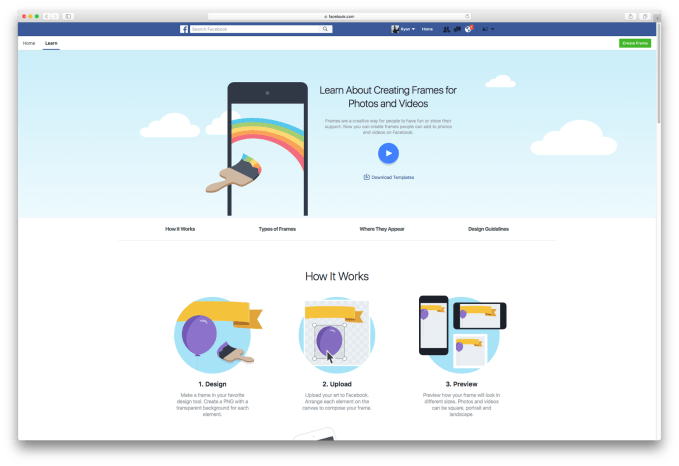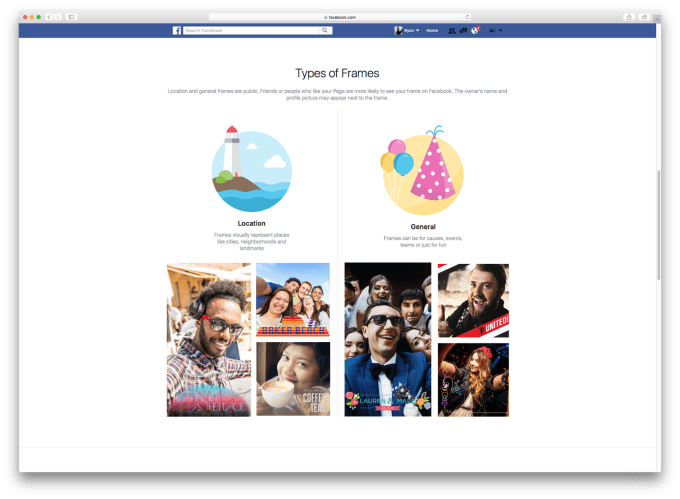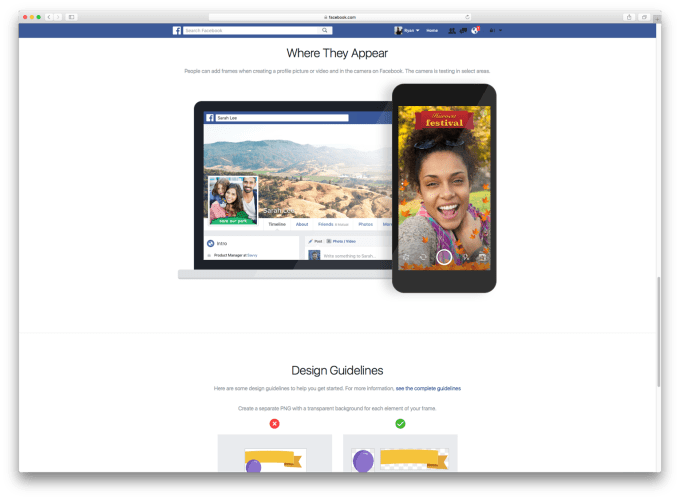To celebrate World Emoji Day and the upcoming release of ‘The Emoji Movie’, Sony Pictures organised a Guinness World Records attempt for the Largest gathering of people dressed as emoji faces (multiple venues).
An incredible 531 fans donned yellow emoji costumes at simultaneous events across Dubai, Moscow, London, Dublin and Sao Paulo.
The new record was confirmed by Guinness World Records today.
GWR judge Jack Brockbank commented: “We are incredibly impressed by the level of coordination and timing required to pull off this global record attempt – and it all happened simultaneously! It’s official—this is a fantastic achievement!”
Josh Greenstein, President of Worldwide Marketing and Distribution for Sony Pictures Entertainment, was thrilled with the attempt’s success: “Achieving a Guinness World Records title is a testament to the enormous worldwide appeal of emojis. It’s great to see so many people getting excited for the worldwide release of ‘The Emoji Movie.’”

Sao Paulo, Brazil
Here are a few more emoji-themed Guinness World Records titles certain to make you look like the ‘Face with Tears of Joy’ emoji:
Most popular emoji (current)
According to a joint study by the University of Michigan (USA) and the University of Peking (China), published in the International Journal of UbiComp in Sep 2016, the most used emoji is “Face with Tears of Joy” (aka “LOL Emoji” or “Laughing Emoji”). Of the 427 million messages examined – from 212 countries or regions – this symbol comprised 15.4% of all emoji selected through the Kika Emoji Keyboard app.
First digital emoticon
The first smiley using keyboard commands was typed by Scott Fahlman (USA, right) of Carnegie Mellon University in Pittsburgh, USA, on 19 Sep 1982. He proposed the use of :-) and :-( in emails to signify the emotional context of a message. The first emoji, meanwhile, which comprise mini faces or objects, were developed by Shigetaka Kurita (JPN) in 1998–99 while devising an early web platform for phones. He was inspired by manga and weather-forecast icons.
Largest human smiley
To celebrate its ninth anniversary, food and drinks company Alliance In Motion Global Inc. (Philippines) put on a very happy face… The supersized smiley, comprised of 8,018 people, gathered in Manila’s Luneta Park in the Philippines on 30 May 2015.

Longest novel translated into emoji
Data engineer Fred Benenson (USA) set up a Kickstarter project to translate the 10,000 or so lines in the 1851 classic novel Moby‑Dick, by Herman Melville, into pictograms. The volume, entitled Emoji Dick, was completed in 2010 and has since been added to the US Library of Congress – the first such book to achieve this.
Most confusing emoji
According to a study published by the University of Minnesota in April 2016, Microsoft’s "smiling face with open mouth and tightly closed eyes" was ranked as the world’s most confusing emoji, with interpretations ranging from euphoric laughter to extreme pain. PhD students from the university’s GroupLens lab – which examines social technologies – devised a 10-point emotional scale, ranging from -5 to +5, on which volunteers participating in the study could rank a range of different emojis. This particular emoji was rated positively by half of the participants, while the other half rated it negatively – giving an overall spread of 4.4 points, the biggest gap of any emoji studied.
































